When new stadium technology meets historic design
The built environment is fundamentally tied to the history and identity of countries across the world and, for cultural hotspots from Milan to Paris, design functions as a vital tourist attraction and revenue stream.
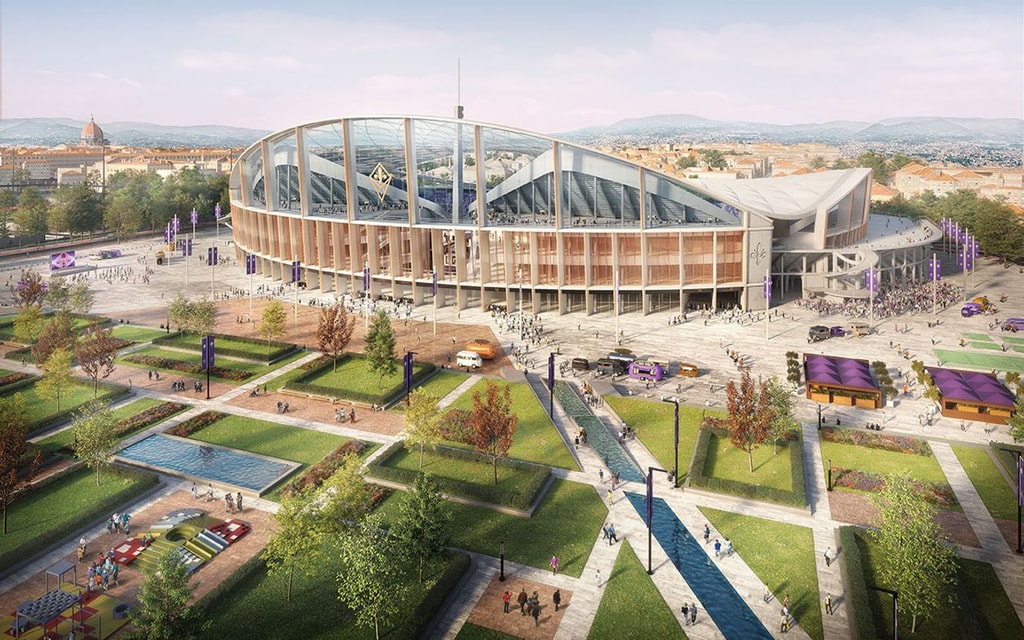
The built environment is fundamentally tied to the history and identity of countries across the world and, for cultural hotspots from Milan to Paris, design functions as a vital tourist attraction and revenue stream. Considering the economic significance of heritage assets and the ongoing interest in protecting relics of the past, there is a clear case for tying historic architecture into contemporary projects. Yet, looking at most urban stadiums, building from the ground up takes precedence over working with existing structures.
In a world where lowering carbon emissions is becoming a critical precursor for designers, adaptive reuse offers a lower impact, highly lucrative alternative with the added benefit of opening up underused inner-city sites for development. Take, for example, the design for a new world cup stadium in the historic city of Florence, where a palatable climate and endless menus of pasta, fine wines and gelatos are coupled with some of the most stunning heritage buildings of any European city. Already a popular holiday and leisure destination, the architecture here would be near impossible to replicate with modern-day building practices and remains fiercely guarded by conservationists, locals, and historians regardless.
Given such barriers to demolition and construction, our proposal for ACF Fiorentina centred on adaptive reuse - taking the historic work of Pier Luigi Nervi as a starting point to create a new home for ACF Fiorentina and its fanbase in the Campo di Marte area. Lead by the principles of "light-touch" and "reversibility", the new intervention functioned to avoid damaging or compromising the existing historical elements. Instead, we proposed that all new stands and services for spectators be designed to lie entirely inside or outside the footprint of the original building. Demarcating a clear hierarchy between the existing and the new elements, the resulting design protects the history of the area while also minimising financial, construction and program risks.
Looking at the specific elements needed to deliver a modern UEFA-compliant facility that would complement Florentine culture, four key areas emerged:
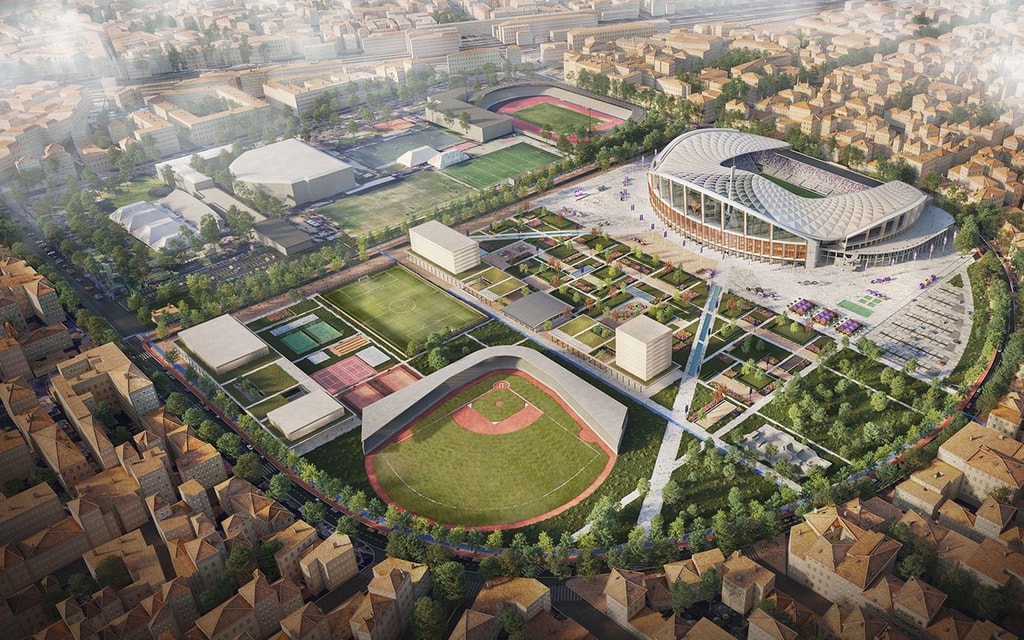
1. A mixed-use, nature-driven masterplan
The overarching masterplan design was inspired by the tradition of Medici villas and gardens, which are typically Florentine. The garden for the Medici was an essential component of the Villa and its design was based on well-defined principles. These included symmetrical and rational systems integrated with the building, as well as fixed elements such as ponds, terraces, steps, evergreen plants, wooded rural areas and spaces for the cultivation of fruit trees.
Taking the natural surroundings as a base for weaving in architectural elements, canopies, stairs and connecting ramps were then added throughout the masterplan. The modern reworking of these principles and their inclusion in the design helped us in drawing out a contemporary urban park with a rational layout, a green space for sport and recreational activities, and ultimately create a space capable of hosting national and international events. The lot was divided into 3 areas - to the west, the stadium and the areas connected to it, in the centre, an urban park with recreational areas and to the east, a sports park serving the city. Between the urban park and the sports park, new buildings were inserted for commercial and tourist accommodation functions.
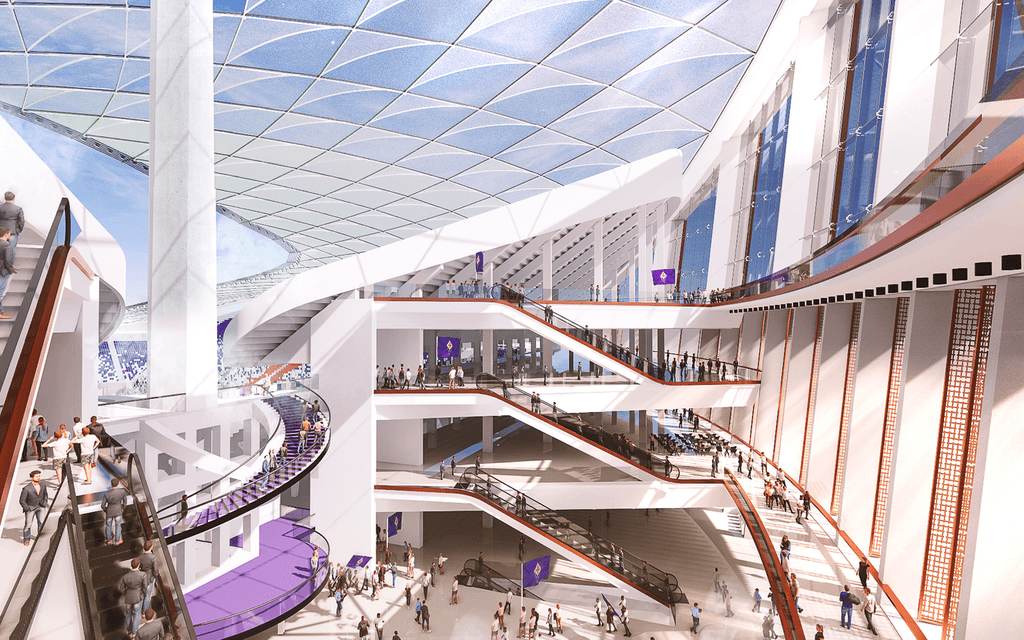
2. Light touch and reversibility
Our design philosophy is aimed at celebrating and enhancing the original work of Pier Luigi Nervi and this approach permeates all aspects of the project including the stands, façade, roofing and interiors. All interventions were designed for minimal interactions and clear visual separation with the historical fabric - creating a clear divide between the historic and the contemporary elements. The new volumes were designed to house the areas intended for systems and services, allowing greater flexibility for the use of the original spaces of the Nervi building. These could therefore be open, uninterrupted, and usable by the public. Furthermore, repairs, restoration and refurbishment of the existing Nervi structure were planned to make it the focal point of each area of the new stadium.
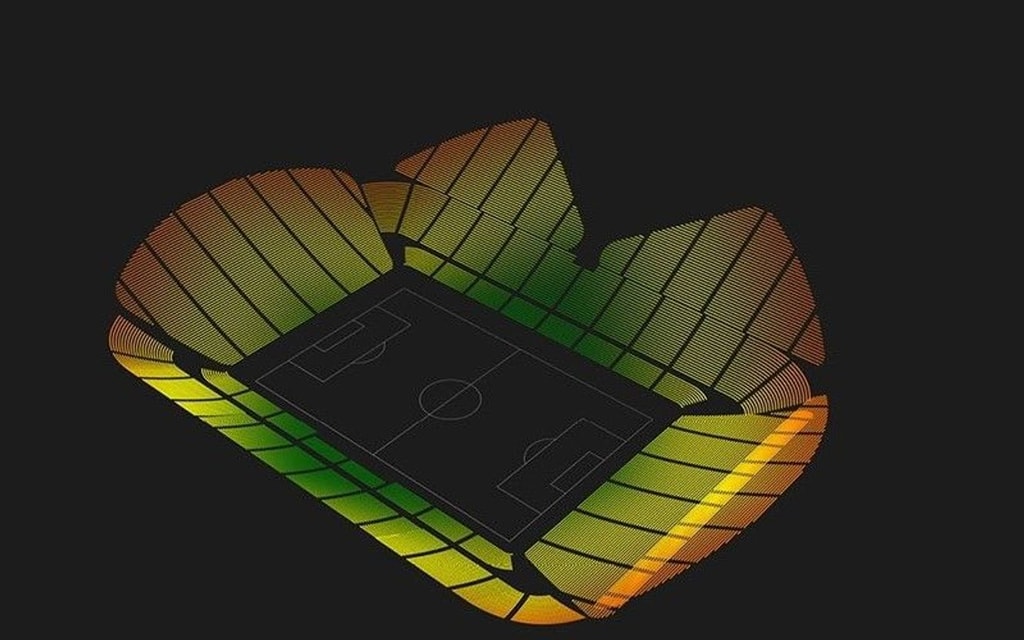
3. Design of the stand
As the most important factor in guaranteeing a stadium of the highest level, the design of the stands involved an in-depth computational analysis. This made it possible to understand, first, the performance of the existing venue, and secondly, the performance of the new bowl. The new stands presented significant improvements to the current stadium, where, on average, spectators would be a minimum of 12 meters closer to the playing field (for a more intimate and engaging experience), 6 meters higher (for a better view), and an improvement in seating angle to the Field of Play of 16% (for greater comfort).
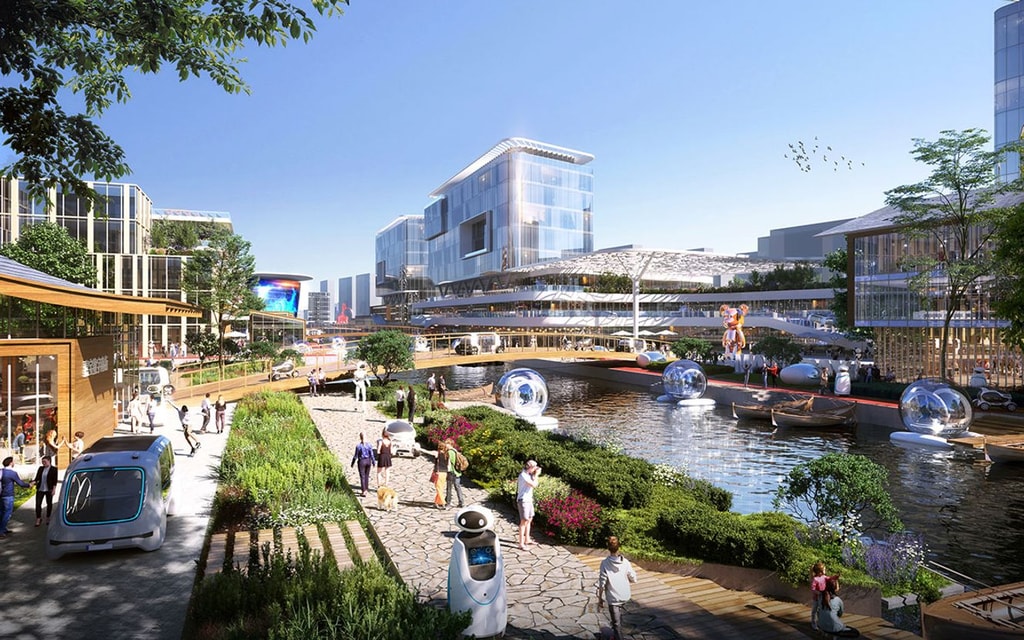
4. Sustainability
Sustainability strategies, such as renewable energy sources and efficient rainwater collection design, were key elements of the new project. Photovoltaic panels functioned to generate electricity to be reused in the charging points for electric cars, in order to implement green transport. Biodiversity strategies included ecological corridors and rainwater harvesting to reduce freshwater consumption. The stadium would capture and store rainwater in the basement for future use where potable water was not required. It was estimated that for a period of 21 days, the water consumption of the stadium could be about 260 m3 of rainwater. For this reason, the size of the storage tanks would be adjusted such as to accommodate the required quantity. The recovered water would be used for sanitation, maintenance and irrigation of the field and gardens.
Furthermore, with the help of water-saving appliances, such as urinals without water, the demand for water from the building would be limited. The building materials were chosen for their reduced environmental impact and low CO2 emissions over the entire life cycle. Regarding the principles of circular economy, we expected to reuse a large portion of the demolished material from the stadium. Meanwhile, on the east façade, large thermally insulated windows would allow the entry of a sufficient amount of daylight into the building. Subsequently, a study will be carried out on each section of the facade for the choice of the types of glazing to be adopted (light transmission factor - solar factor g) to optimize the visibility and diffusion of light in the interior spaces.
As the world shifts toward projects that can guarantee greater endurance, flexibility and, vitally, relevance in the aftermath of global events, adaptive reuse presents an obvious choice. Combined with the ever-increasing need to design for net zero carbon and consider environmental impact in our proposals, the future of stadium design could have us revisiting the old in order to build new more often.